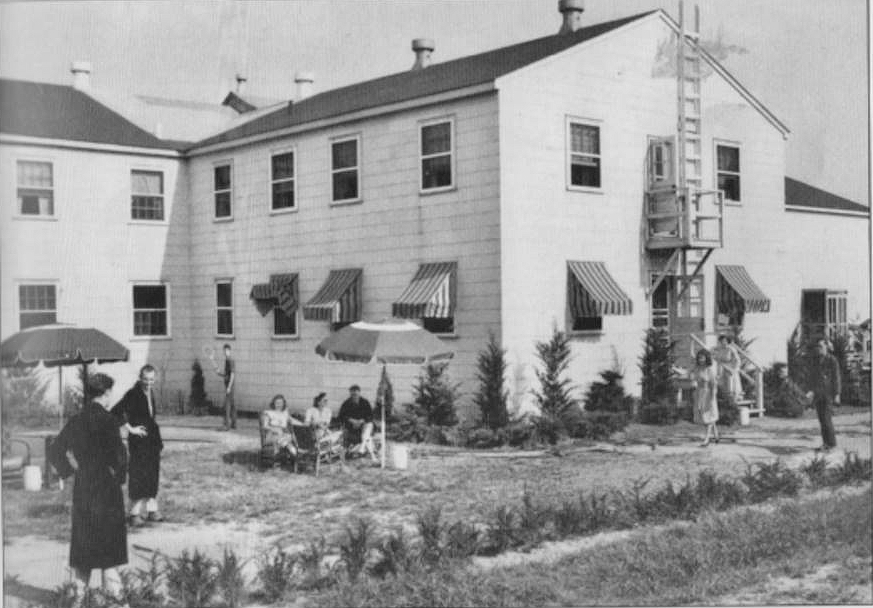


Then the staff would pack bedding, supplies, and other equipment and move to a preselected location, where they would set up the hospital again in local buildings or in tents.Ĭourtesy of Middle Georgia Archives, Washington Memorial Library. The patients would be transported to a hospital that was not moving. Stout had already developed a plan to mobilize his hospitals if needed. Stout had to relocate his hospitals from Chattanooga, as well as from seven or eight vulnerable towns in north Georgia, to towns south and west of Atlanta. There was little military activity in Georgia until the late summer of 1863, when the Army of Tennessee under Braxton Bragg retreated through Tennessee to Chattanooga and then evacuated that city. (There were a couple of hospitals at various times in Knoxville.) Because they were accessible by railroad, the hospitals in Atlanta and northwest Georgia took in soldiers able to travel by train who had been evacuated from field hospitals to the north. With the fall of Nashville, Tennessee, in February 1862, there were few “safe” places for hospitals behind the lines in Tennessee north of Chattanooga. The hospitals in Georgia served sick and wounded soldiers who had fallen on battlefields outside the state. By December 1862 the Atlanta hospitals were under Stout’s control as well. Beginning in August 1862, he became supervisor of the Army of Tennessee hospitals at Tunnel Hill, Ringgold, and Dalton, as well as those hospitals that would later be established between Chattanooga and Atlanta. A Tennessean and an excellent administrator, Stout had been in charge of the hospitals in Chattanooga. Savannah had a hospital early in the war, and general hospitals were established in Atlanta early in 1862, although little is known about the general hospitals in Georgia before they were incorporated into the Army of Tennessee system directed by Samuel H. One of the women who worked as a matron in several Georgia hospitals was Kate Cumming, who kept a journal of her experiences, which was later published. Enslaved African Americans were often pressed into service or hired from local slaveholders, and white civilians, including some women, provided additional care. Enlisted men played important roles, but not all staff members were soldiers. This staff included surgeons and assistant surgeons, a steward (manager and pharmacist), ward masters (supervisors), nurses, female matrons (domestic supervisors), cooks, and laundresses. Each general hospital had a staff, preferably of a size appropriate to its bed capacity. Field hospitals accompanied the armies, treating the sick and wounded first before sending those needing lengthier care to the general hospitals behind the lines, often at some distance from the front. There were two types of hospitals during the Civil War. During the Civil War (1861-65), Confederate military medical authorities established general hospitals behind the lines in at least thirty-nine cities and towns in Georgia, though many of them remained at a particular location for only a short time.


 0 kommentar(er)
0 kommentar(er)
